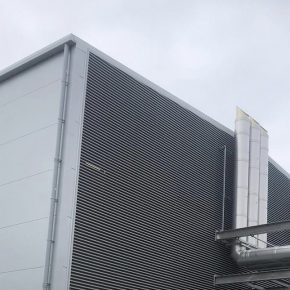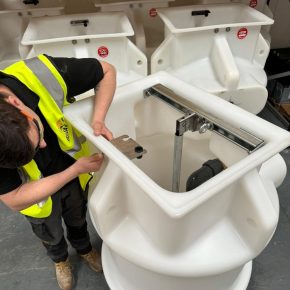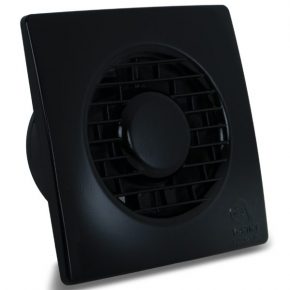
Coil slitting: all you need to know
Coil slitting is the process of cutting wide metal coils into narrower coils.
The slit pieces are cut at a smaller width whilst retaining the same length. Prior to being slit, the original coils are placed on an uncoiler drum for uncoiling, before being flattened on a leveller ready for slitting.
What determines the blade configuration during the slitting?
Coil slitting can be applied on both coil and sheet rolls. The blades on the slitter must be adjusted based on the tolerance that needs to be maintained throughout the slitting, and the type and thickness of the material being slit.
To achieve uniform results, the outcome has to be assessed and adjustments made with each operation.
Whilst each piece of metal work has its own optimal knife clearance, achieving an accurate clearance is more challenging with thinner metal.
What are some of the problems encountered in coil slitting?
Problems during the slitting process include; edge waves, crossbow, knife marks, burrs, camber and inconsistent slit widths.
Whilst some of these issues may be attributed to poor material quality, they are more often caused by irregularities which occur in the system during the coil slitting process. For example, if the blades are set too tight or too far apart, the slit edge may become rough and even.
The blades must therefore properly set for the line between the nick and the break to be straight and clean.
How does tooling affect the process?
Tooling is one of the most significant variables in the coil slitting process. High quality and well maintained tooling will ensure the creation of fine edges – however it’s worth noting that despite the advancements in slitting equipment, no standard formula is applied for every material.
With regard to horizontal knife clearance for example, a different clearance may be required for the same metal if it is not form the same source or of the same thickness.
For any coils to be split with precision, the tooling and knife clearance must be accurate. Because of this, it is important for the machines to be regularly inspected by an expert, and for the operators to be trained on effective use.
Latest news

3rd May 2024
New head of marketing for Building Product Design
Leading UK manufacturer Building Product Design Ltd has promoted John Mellor to the role of head of marketing overseeing its three market-leading brands.
Posted in Articles, Building Industry News, Building Products & Structures, Building Services, Facility Management & Building Services, Insulation, Membranes, Recruitment, Restoration & Refurbishment, Roofs, Sustainability & Energy Efficiency, Walls
2nd May 2024
Gilberts Blackpool: Facing Data Centre Ventilation
Gilberts is enabling data centre architects and constructors to face the challenge of delivering a sustainable ventilation strategy.
Posted in Air Conditioning, Articles, Building Industry News, Building Products & Structures, Building Services, Facades, Facility Management & Building Services, Heating, Ventilation and Air Conditioning - HVAC, Information Technology, Restoration & Refurbishment, Retrofit & Renovation, Sustainability & Energy Efficiency, Walls
2nd May 2024
Delta: Custom Fabricating Services - site specific pump station requirements
The Delta Pumps and Basement Drainage Distribution Hub is home to Delta’s in-house fabrication team.
Posted in Articles, Building Industry News, Building Products & Structures, Building Services, Damp & Waterproofing, Drainage, Drainage Services, Drainage, Guttering, Soffits & Fascias, Facility Management & Building Services, Membranes, Pipes, Pipes & Fittings, Plumbing, Research & Materials Testing, Restoration & Refurbishment, Retrofit & Renovation, Walls
2nd May 2024
Introducing the on trend Black Bathroom Fan by Vortice
Vortice, a leading manufacturer of ventilation solutions, proudly announces the launch of its newest addition to the Punto Filo domestic fan range: the sleek 4” black bathroom fan.
Posted in Air Conditioning, Articles, Bathrooms, Bedrooms & Washrooms, Building Industry News, Building Products & Structures, Building Services, Facility Management & Building Services, Heating, Ventilation and Air Conditioning - HVAC, Innovations & New Products, Interiors, Restoration & Refurbishment, Retrofit & Renovation
 Sign up:
Sign up: